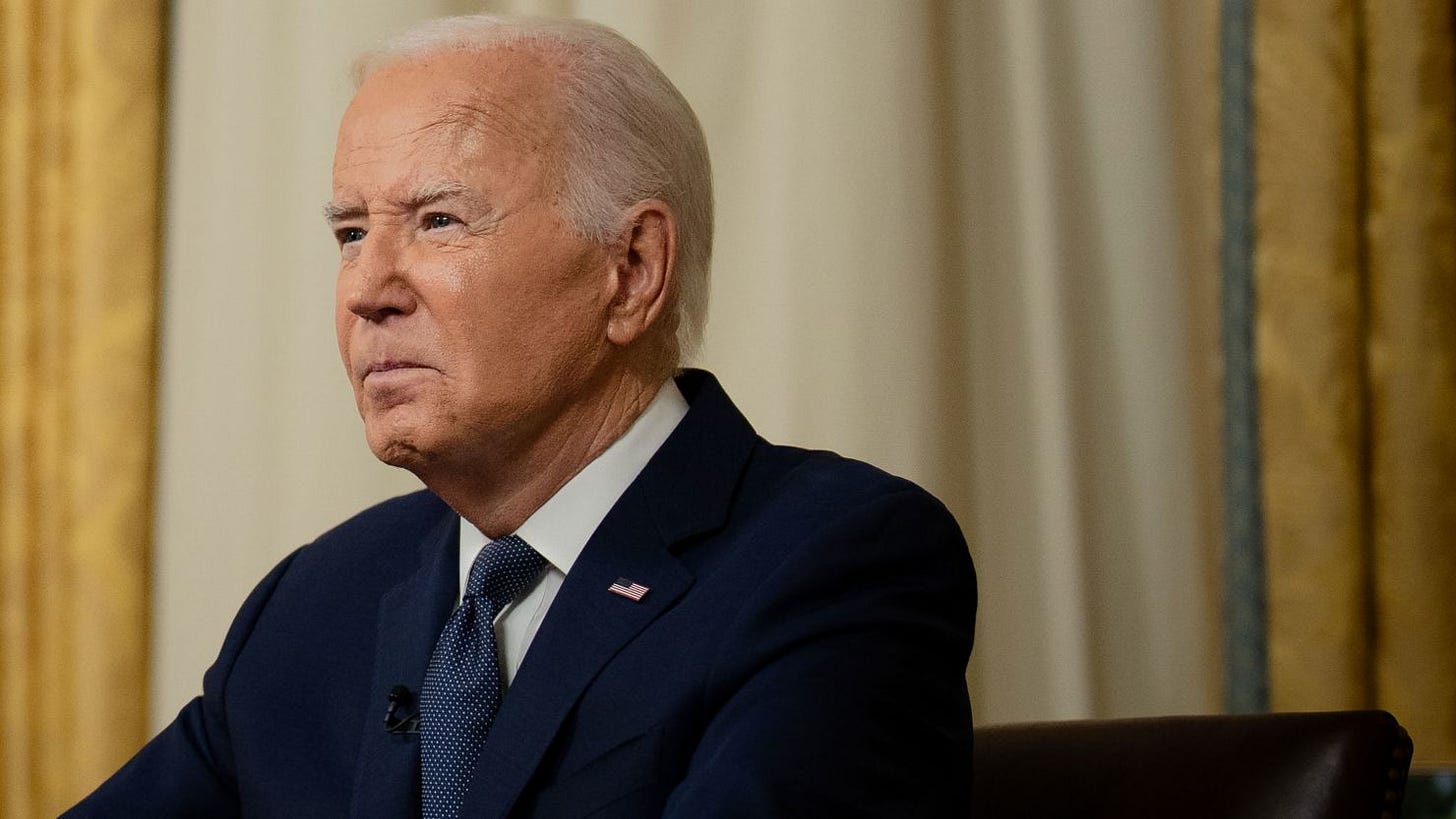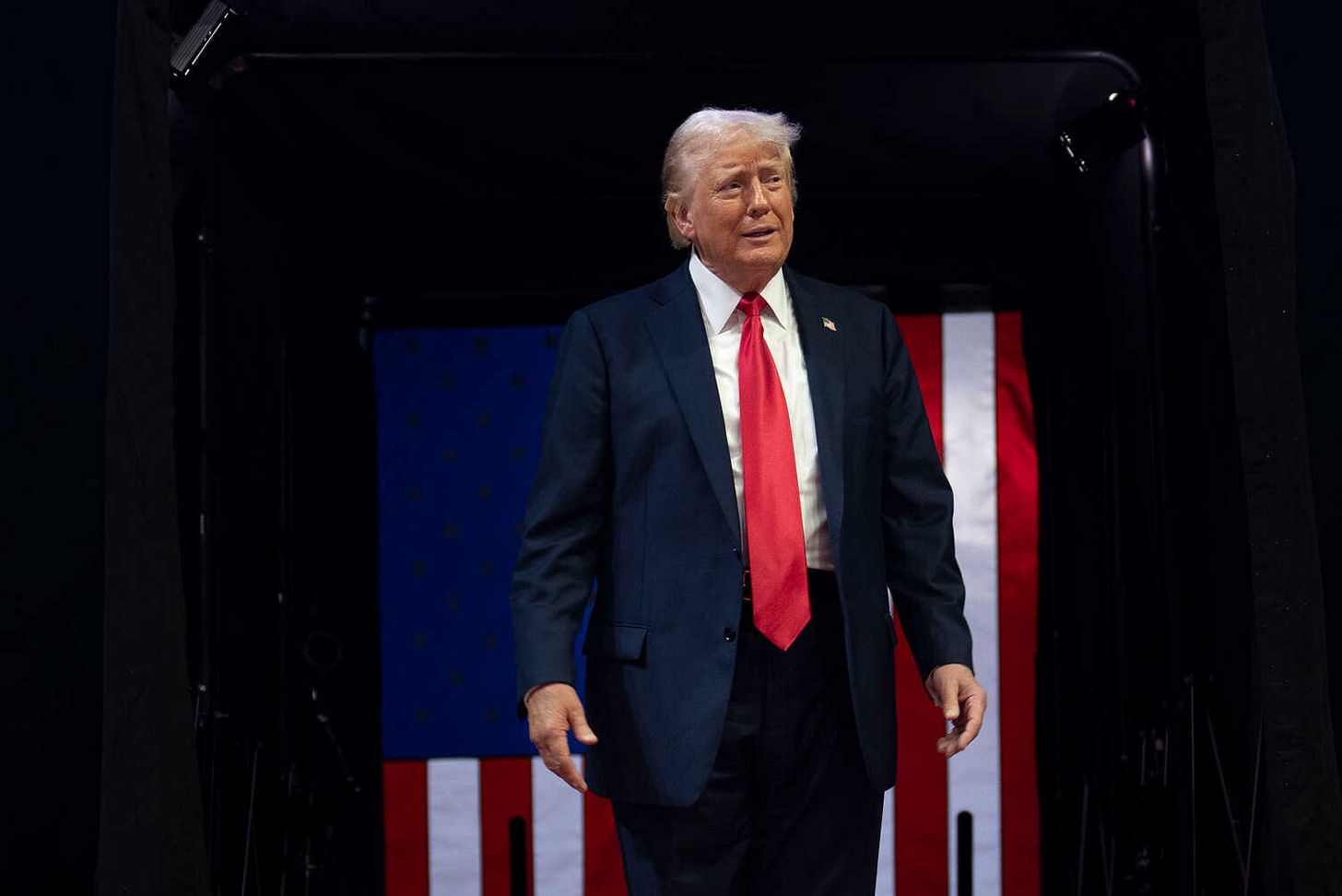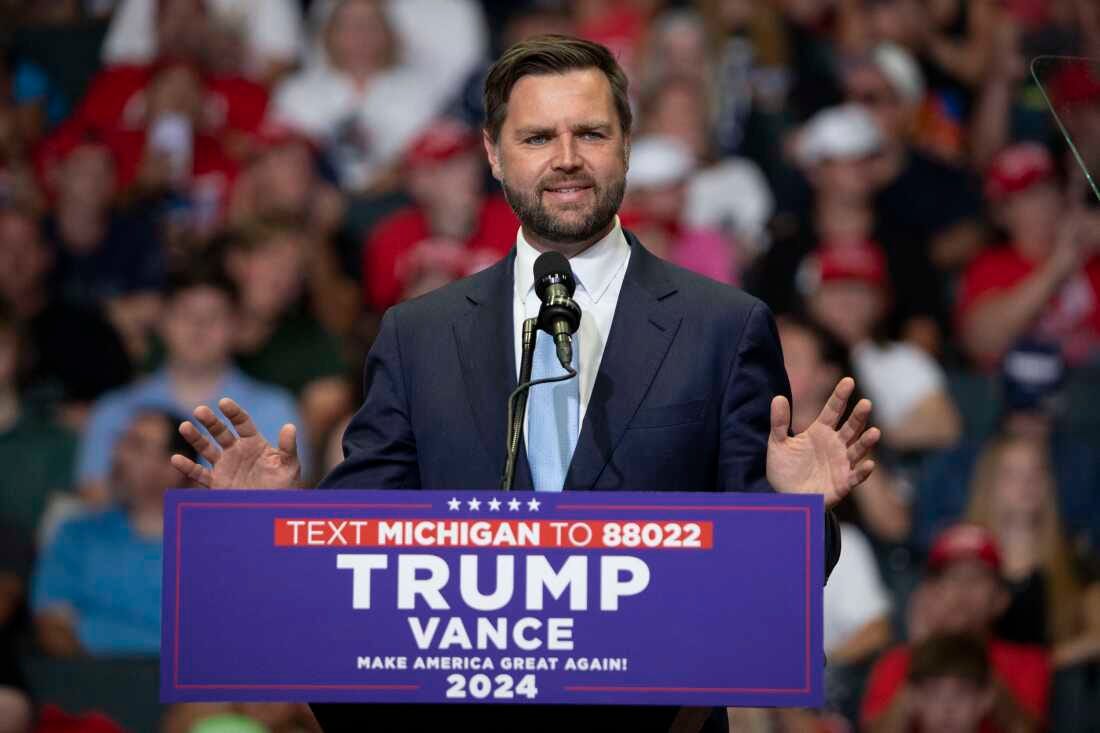The morning of July 21, Donald Trump was a clear favorite to be the next president of the United States.
No, his victory was not inevitable nor guaranteed, but he was the unambiguous favorite, and it did not look like there was any plausible pathway for Joe Biden to close that gap between that point and November 5. Put simply, Biden was stuck in a dire position with no escape hatch. If that was not the case, he would not have exited the race.

Biden dropping out on Sunday afternoon came as a surprise to many. Publicly, he and his staff had been adamant that he was staying in, and that they were on still track to defeat Trump. Even as pressure from Congressional Democrats mounted and cries from notable left-aligned figures grew louder, it seemed as though Biden was going to stay in. But Biden finally caved, and just hours after he made his announcement, he endorsed Kamala Harris, his Vice President. Since then, a number of important things have happened. Firstly, Harris has clinched the necessary number of delegates to be the Democratic Party’s presumptive nominee, meaning that there will likely not be a seriously contested open convention. At this point, the only other prominent (and, to be blunt, “prominent” is doing a lot of work there) Democrat still running against Harris is Marianne Williamson. Williamson ran against Biden earlier this year, but she earned a grand total of zero pledged delegates. So Harris will be the Democratic nominee.
Secondly, Democrats have coalesced around Harris. On top of receiving Biden’s endorsement, Harris has garnered support from notable Democrats such as Nancy Pelosi, Chuck Schumer, Hakeem Jeffries, Hillary Clinton, Elizabeth Warren, Pete Buttigieg, Gavin Newsom, and Jim Clyburn. The only notable Democrat who has yet to endorse Harris is Barack Obama, but all signs point to him eventually throwing his support behind her. Obama not giving Harris his endorsement after the convention would be nothing short of shocking. But broadly, make no mistake—The Democratic Party has coalesced around Harris at an unprecedented rate. She will be the nominee come August.
There’s not a case to be made that by going with Harris instead of Biden, Democrats are in an objectively worse position. Yes, a Harris candidacy presents a significant number of downsides, some of which are more likely to materialize now than they were when Biden was the presumptive nominee. But it’s simple: Trump was the favorite by a lot on July 21. Now? He’s still the favorite, but there is significantly more room for variance, and even now, Harris seems to be the better candidate than Biden. And she’s been campaigning for less than three days. Trump is expected to win by less than he was on Sunday morning.

The other important element to think deeply about is Harris’s VP selection. Trump made a mistake picking JD Vance. Vance comes from a state that will go red no matter what, and his supposed upside with white working class voters is likely moot for two reasons. The first is that Trump has already demonstrated himself to be an incredibly strong candidate for the white working class demographic, overperforming in both 2016 and 2020. Secondly, there’s no electoral indication Vance has strong appeal to these voters. In 2022, a House environment 5.8% more Republican than 2020, Vance performed 2% worse than Trump in Ohio, winning by just 6.1%. This meant that the state swung 7.3% against Republicans relative to the nation when Vance ran for Senate. And it wasn’t as if Ohio was in a particularly Democratic mood in 2022—the incumbent GOP governor won by over 25%, and Republican candidates for House combined to win by 12.9% statewide. Vance was far and away the worst performing Ohio statewide Republican in 2022, and he underperformed Trump in the vast majority of both WWC and rural counties across the state.
Vance also comes with the additional baggage of previous statements that could be used against him. Per Reuters, in 2016, Vance was referred to Trump as “America’s Hitler”, and went on MSNBC and claimed he believed Trump had sexually harassed Jessica Leeds. (Leeds had accused Trump of groping her and forcibly kissing her in the 1970s.) More recently, Vance has made controversial statements regarding his own policy positions. In 2022, he argued that people in damaged marriages should stay together for the benefit of their children. On another occasion, Vance admitted that he “would like abortion to be illegal nationally”. Regardless of one’s thoughts on any four of those quotes, they make him less electable as a VP, not more. The Vance pick is especially underwhelming when considering Trump’s other options—Trump could have gone the safe route, choosing someone like North Dakota governor Doug Burgum. He could’ve attempted to add a person of color to the ticket, potentially broadening the GOP’s appeal. Both Marco Rubio and Tim Scott, conservative senators from Florida and South Carolina respectively, would have been strong picks. The best pick for Trump, however, would’ve been Virginia governor Glenn Youngkin, who has been one of the few high-profile Republicans to maintain a moderate reputation while sticking close to Trump. Youngkin could’ve also potentially moved Virginia, a state where polls have shifted towards Trump, closer to tossup territory. But despite Trump’s number of decent choices, he picked Vance.
Returning back to the Democratic side of the campaign, it’s important to consider the energy factor. Though we still await Kamala Harris’s VP selection, which, unless botched, will likely bring even more juice to the ticket, it’s clear that there’s been a significant change in momentum. July 22 and July 21 both broke the record for fundraising via ActBlue, beating out September 19, 2020, the day after former Supreme Court Justice Ruth Bader Ginsburg passed away. Harris has also improved in the polls. Notably, in a Landmark Communications survey of Georgia done exclusively post-dropout, Harris trailed Trump by just 1%. By contrast, Biden was down 5.9% in FiveThirtyEight’s average.
The Trump campaign seems to know that Harris is the better candidate. Tony Fabrizio, the head of a Republican-aligned polling organization, released a memo that indicated he believed Harris would narrow the gap or even begin to lead Trump in national polling, something Biden had not done in nearly a year. Fabrizio predicted that a Harris bump would potentially “start showing itself over the next few days”. While Fabrizio’s remarks aren’t a direct indication of worry stemming from the Trump campaign, it does indicate the level of expectation management that is typically seen from a campaign that knows the race is close. If Tony Fabrizio thought that Harris was a disastrous candidate—or even on the same tier as Biden—he wouldn’t have felt the need to preemptively move the goalposts and lower polling expectations. Republicans in Washington likely expect a close contest, and they probably feel worse about the state of the race than they did a week ago.
The 2024 election is a lot closer than it was last week. Kamala Harris may not be the favorite at this moment, but she’s added a spark and an extra variable to this campaign that was previously not present.
103 days to go.





Good post. The national popular vote aggregate (RCP) for the two way race have improved but still underwhelming with Trump up on Harris by +1.6 compared to him being up on Biden by 3.1, so notably a 1.5 gain, but consider that Biden at this time in 2020 was up on Trump by +8.7 so the Ds are 10.3% off their 2020 pace and only won that election by under 0.7% in the tipping states. Lots of ground to make up there. But it is early. Just that the widespread optimism I see on the D side tends to underestimate the tough spot they are in. They have gone from a likely landslide loss to just being strongly behind. Harris will definitely need to run a great campaign to pull this off.